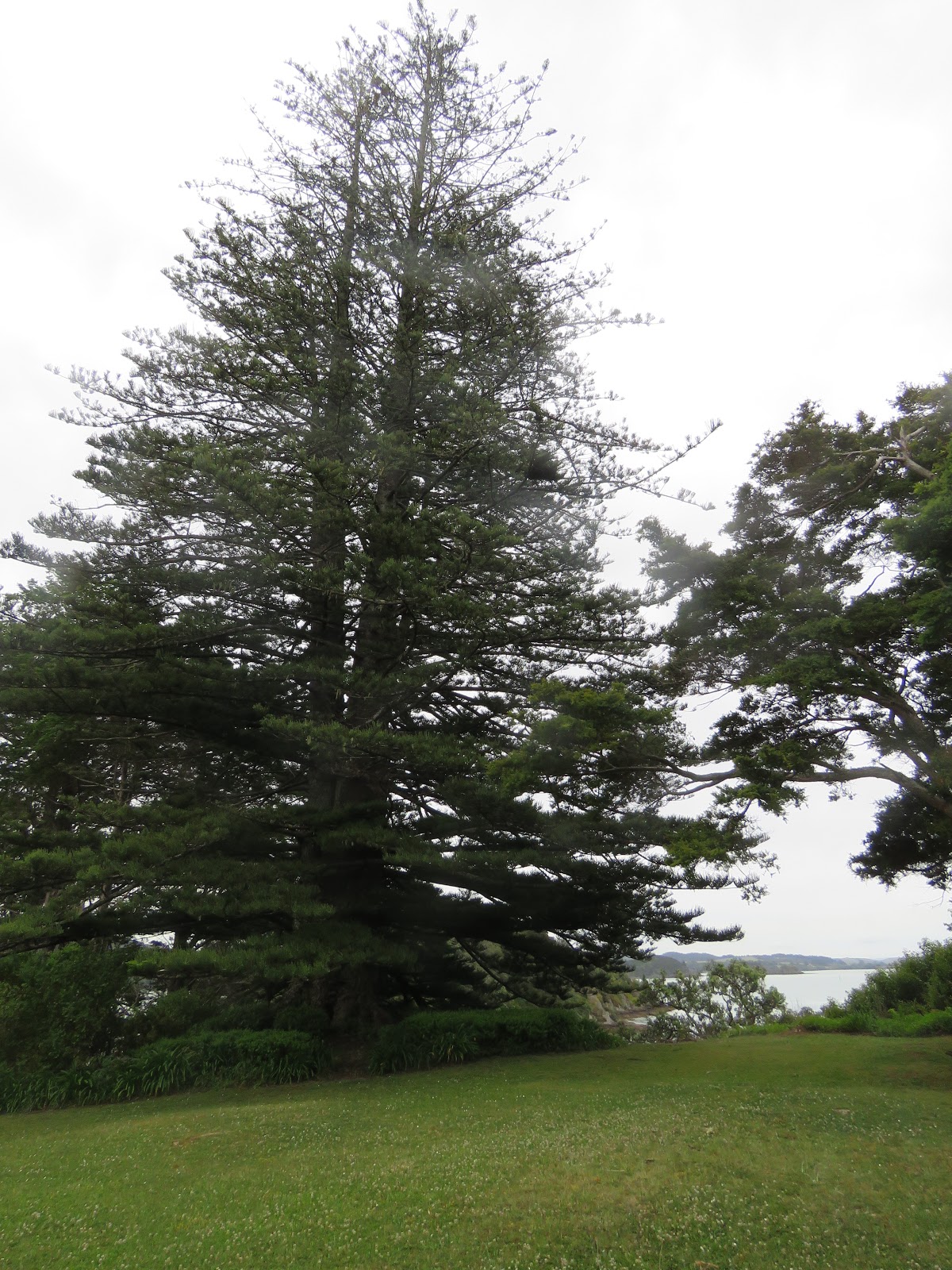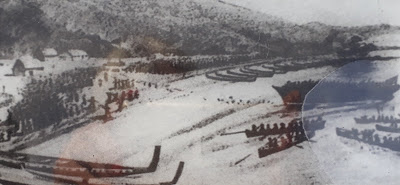
Norway's Electric Ferries... HADAROY was Fjord 1's first of three battery-electric ferries to enter service on the Sulesund-Hareid crossing. Operating on Norway's busiest crossing, the trip takes a mere 23 minutes. With the new ferries in operation, all cars on board could be called 'electric cars' since they are transported using electrical power and batteries. Last September I was in Norway and at 3am, on board HADAROY with my cousin. At that time of the morning, the ferry was well below its 400 passenger, 120 car capacity. As we slipped silently across the pitch black fjord, it was my adventure, more than the vessel's power source, that held my attention. This changed while on the island of Hareidlandet where I became used to the ferries silent berthing. It was like Waiheke, Opua, Rawene or Picton, where all of a sudden there are more vehicles and people around. One of the ferry masters showed me the shore based charging





